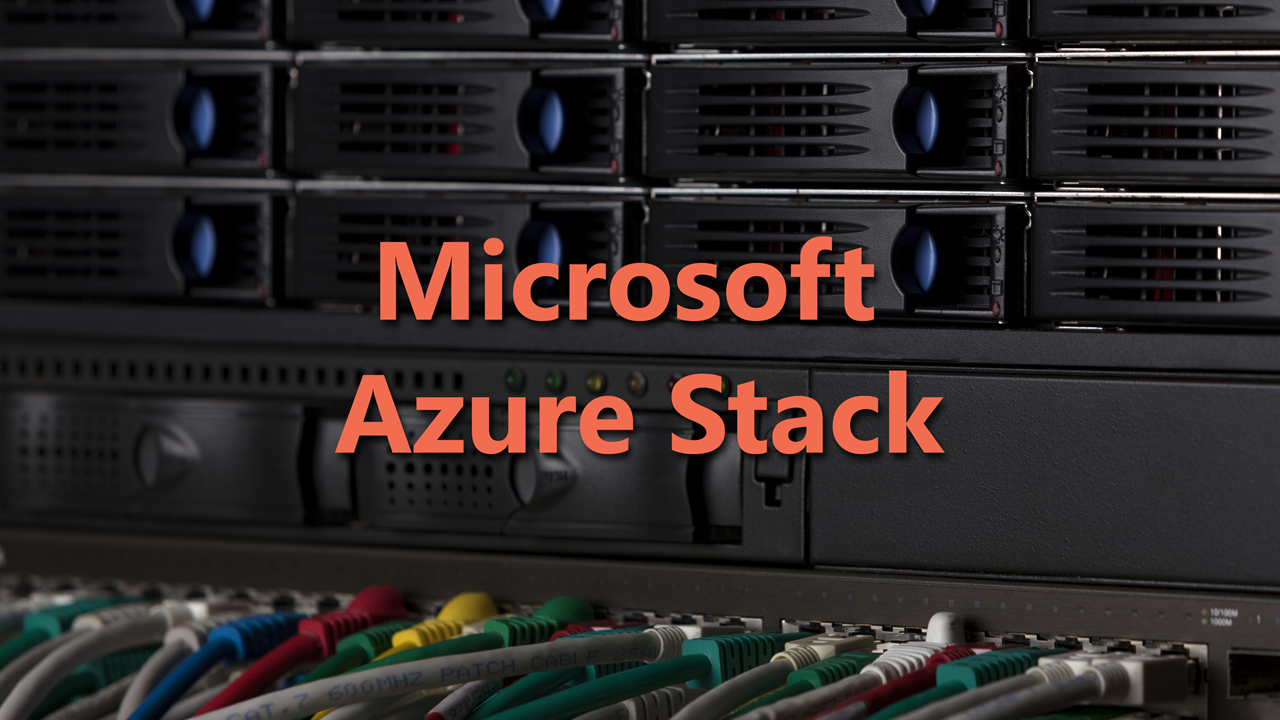H-Series Azure Virtual Machines
This post will tell you about the new H-Series Azure virtual machine, which was launched by Microsoft at the Ignite conference in Atlanta.
More Choice
If there’s one thing I don’t hear from customers, it’s that Microsoft doesn’t have a large and confusing portfolio of virtual machine specifications to choose from. Back in July, I explained how you could choose from the then-collection of Azure virtual machine series.
A virtual machine series is a collection of machine sizes that share some common traits, such as host CPU model, disk capabilities, and maybe some access to specialized components such as a GPU.
Microsoft has added to the array of available series by giving us the H-Series virtual machine, which is currently only available in the South Central US Azure region.
H = High Performance
To remember what each series of Azure virtual machine does, I associate the series name with something that reflects the uniqueness of the series. For example:
- G = Godzilla: Virtual machines with massive amounts of memory
- F = F-Series trucks: General purpose virtual machines
- N = NVIDIA: Virtual machines with DDA (direct hardware) connections to NVIDIA GPUs
Microsoft intends the H-Series virtual machine to be used in high-performance computing. This was once the role of the Standard A-Series A8, A9, A10, and A11 machines, but we see that in new regions, Microsoft has stopped deploying A-Series virtual machines. I suspect that the F-Series, Dv2-Series, and the H-Series virtual machines are replacing the A-Series machines over time.
The H-Series machines run on a host with an Intel Haswell E5-2667 V3 3.2 GHz processor, bursting up to 3.5 GHz. The virtual machines have either 8 or 16 virtual processors (cores) each; that’s quite a punch!
The hosts of the H-Series machines have DDR4 RAM and local SSD storage for the temp drive (paging file and disk-based caching). Some of the virtual machines will feature an additional FDR (56 Gbps) InfiniBand virtual NIC, powered by Mellanox hardware and probably SR-IOV, enabling massive data transfer with low latency and low CPU impact (Remote Direct Memory Access or RDMA).
Virtual Machine Sizes
It is good to see that Microsoft has stuck with the new naming standards that were launched with the F-Series virtual machines earlier in the year. The name of the virtual machine size should indicate the number of cores, and a set of other letters/labels will designate customizations:
- M = Larger memory
- R = RDMA, which in this case means FDR InfiniBand
The various sizes of the H-Series virtual machine can be seen in the following chart:
The Role of the H-Series
As you can see above, these virtual machines have a lot of compute power and RAM, and InfiniBand networking hints at their use case. Microsoft considers the H-Series to be:
… “an excellent fit for any compute-intensive workload. They are designed to deliver cutting edge performance for complex engineering and scientific workloads like computational fluid dynamics, crash simulations, seismic exploration, and weather forecasting simulations.”
What does that mean? It means that Microsoft expects customers to use these big CPU/RAM virtual machines for high performance computing (HPC), clusters of machines that are powered up and scaled out (see Azure Resource Manager scale sets) to run large and complex computations or simulations. The higher-end R sizes will make it possible to move data in and out at high speeds without impacting computation, either providing data to compute or to collect the results of the computations.
Could Microsoft Go Bigger?
Azure is powered by Hyper-V, in fact, Microsoft’s biggest Hyper-V customer is Azure. Microsoft recently shared the maximum scalability and performance numbers for Windows Server 2016 Hyper-V, which were truly mind boggling. Imagine virtual machines with up to 12TB RAM and 240 virtual processors, or hosts with 24TB RAM and 512 logical processors!
The hardware to hit those numbers is not publicly available — you have to custom order/build that hardware. And how many of us really have a workload to drive those numbers? At first, it appeared that this was just a Marketing stunt to out-do VMware.
But, while that’s fun for us commentators and fanboys, Ben Armstrong (Principal Program Manager Lead in Hyper-V) said during his sessions at Ignite that the Hyper-V group did have a genuine reason to get these numbers up. Azure has customers that want to run on-demand super computing in the cloud, meaning that they can consume massive power on an on-demand rental basis instead of purchasing it. If Hyper-V can make that possible, then Azure can build the hardware and sell super computing-as-a-service to customers.
So maybe, just maybe, one day Microsoft will launch a set of bigger Azure virtual machines called the S-Series that features even more CPU and RAM per virtual machine than the H-Series or G-Series currently do?





![The sizes of the H-Series Azure virtual machine [Image Credit: Microsoft]](https://petri-media.s3.amazonaws.com/2016/09/AzureHSeriesVMs.png)